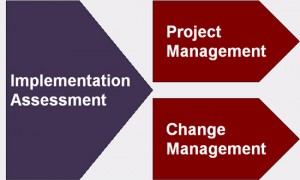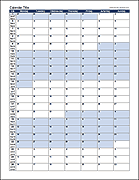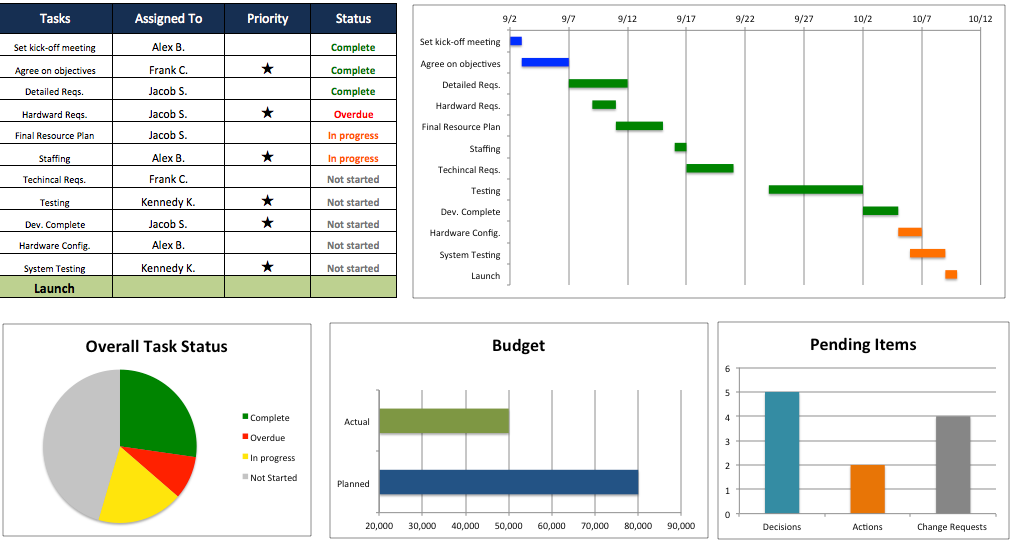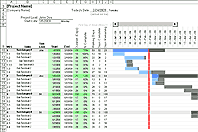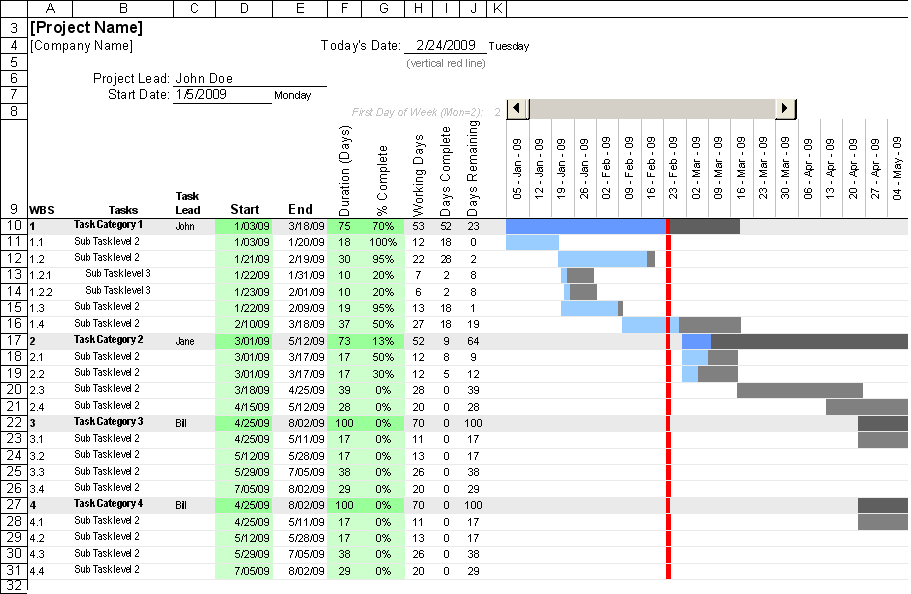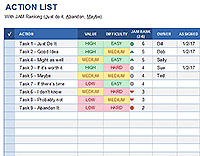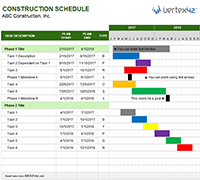Project management steps – How SMEs can adopt project management
Project management steps – How to adopt project management
More and more SME’s are realizing the benefits of project management steps.
As a company grows so do their projects. At some stage, most small or medium sized business will review their internal systems to plan project phases for the future.
In implementing new project tools or software systems it is particularly important to keep overheads to a minimum. This reduces exposure and ensures a rapid implementation plan.
IMPLEMENTING PROJECT MANAGEMENT STEPS DOES NOT HAVE TO BE LARGE AND UNWIELDY TO PUT INTO PRACTICE.
BREAKING DOWN THE PROCESS TO A KEY SET OF FUNDAMENTALS WILL HELP ENSURE LESS OBSTACLES AND A SMOOTHER TRANSITION.
This is easier if someone in the team has previous experience in implementing a project management framework or processes, the projects undertaken by the SME tend to be similar in type and activity or a short learning curve exists for products or services produced by the organization.
If it doesn’t fear not. It is easy to research and here are Project Management Steps top tips for SME’s when implementing project management processes.
As a way to fast-track the process, it is a good idea to find or recruit a project manager with experience in deploying the correct project management techniques and implementing project management processes.
The Project Manager should be able to get up to speed on the products and services over a few months while researching the processes already in place to identify the gaps.
Advocating the initiative and gaining the support of senior management in order to secure time for the resources needed, will help to avoid roadblocks and will promote adoption from the top down.
The Project Manager will involve individuals in meetings and begin the work of implementing necessary processes so you need support and approval from senior management.
Any project, including implementing new processes should begin with a work breakdown structure (WBS). The Project Manager will work out the activities required and include them in the work breakdown structure.
This will be the basis for moving forward with project planning and management: scheduling activities, resources, and relationships between various required tasks.
With the help of other employees, the Project Manager will document the requirements for each activity and the skill set of people required for the tasks.
Other details will be captured as well such as key drivers and risks which may occur.
Using the work breakdown structure and documentation, the Project Manager will now be able to create the project plan and Gantt charts to communicate the overall plan of action and timeline.
After identifying the required templates for the processes being put in place for such things as reporting, requests, presentations, statements of work, project handover, etc, a project should be selected to test the new processes.
Continuous improvement is key; once the test drive has been completed the project should be reviewed for any lessons that can be applied to future projects. This will help to stabilize processes and improve their overall success.

